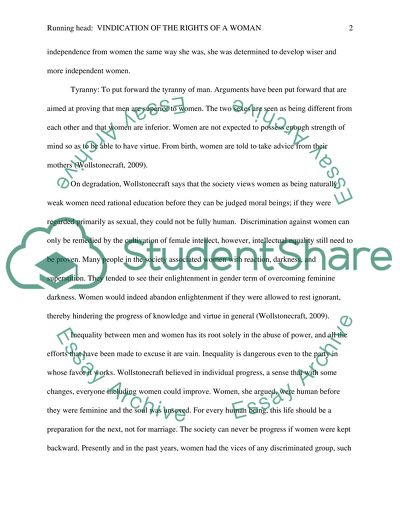Cite this document
(“Critical Analysis of Mary Wollstonecraft's Vindication Essay”, n.d.)
Critical Analysis of Mary Wollstonecraft's Vindication Essay. Retrieved from https://studentshare.org/history/1593995-critical-analysis-of-mary-wollstonecrafts-vindication
Critical Analysis of Mary Wollstonecraft's Vindication Essay. Retrieved from https://studentshare.org/history/1593995-critical-analysis-of-mary-wollstonecrafts-vindication
(Critical Analysis of Mary Wollstonecraft'S Vindication Essay)
Critical Analysis of Mary Wollstonecraft'S Vindication Essay. https://studentshare.org/history/1593995-critical-analysis-of-mary-wollstonecrafts-vindication.
Critical Analysis of Mary Wollstonecraft'S Vindication Essay. https://studentshare.org/history/1593995-critical-analysis-of-mary-wollstonecrafts-vindication.
“Critical Analysis of Mary Wollstonecraft'S Vindication Essay”, n.d. https://studentshare.org/history/1593995-critical-analysis-of-mary-wollstonecrafts-vindication.


